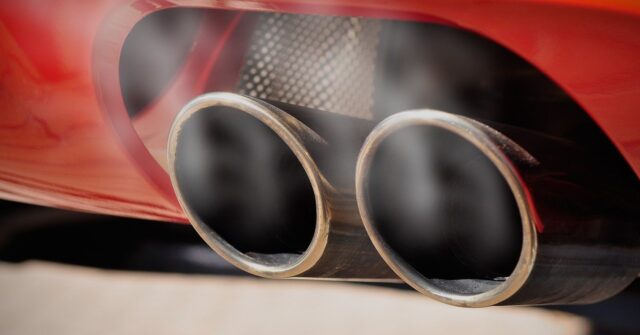Cars are complex machines, and their components require a great deal of expertise to maintain. One such component is the car muffler – an often overlooked but no less important part of any vehicle. In this article, will be taking an in-depth look at how car mufflers work and why they\’re so essential for your engines performance.
From learning about soundproofing materials to understanding what makes a good exhaust system, you\’ll have all the information you need to make sure your car runs smoothly from here on out. So buckle up and let\’s dive into the world of car mufflers!
Introduction to Car Mufflers

The introduction of car mufflers is an important part of how cars operate. Car mufflers are designed to reduce the noise that engines make, allowing for a more pleasant driving experience and reducing the risk of disturbing other drivers or pedestrians.
By understanding how car mufflers work, you can understand why they are such an important part of vehicle maintenance and safety. This article will explain in detail what car mufflers do, how they work, and their benefits to both your vehicle\’s performance as well as its overall sound level.
Anatomy of a Car Muffler
The anatomy of a car muffler is an important aspect to understand when it comes to understanding how car mufflers work. The essential components of the muffler include the shell, core, inlet pipe, and outlet pipes.
The shell is designed to contain the sound emitted from exhaust gases while the core helps reduce sound levels by absorbing energy through its perforated walls. The inlet pipe allows exhaust gases into the chamber while two outlet pipes release them back out into the environment.
To assist with noise reduction, resonators are placed between these pipes allowing for further noise absorption as well as redirecting airflow away from areas that could create unwanted sounds or vibrations. Additionally, some cars may come equipped with catalytic converters which use chemical reactions to reduce emissions before they are released into our atmosphere. Finally, vehicle manufacturers often add additional parts such as baffles and deflectors for increased noise suppression or even customized tailpipes for improved performance and aesthetics.
Understanding each component of a car\’s muffler system gives us greater insight into how this vital part works together to keep your engine running smoothly and quietly on any journey you take!
How Does a Muffler Work?

A muffler is an essential part of a car’s engine, and understanding how it works can help you maximize the performance of your vehicle. A muffler is responsible for dampening sound waves as they exit the exhaust system.
This helps reduce noise pollution while still allowing fuel-burning gases to escape from the combustion chamber. A typical muffler consists of multiple chambers connected by pipes and baffles that work together to muffle sound waves before they reach the outside world.
The first chamber acts as an insulator, absorbing heat generated by the exhaust gas passing through it. The second chamber contains several passages which act like valves; these regulate air flow and reduce pressure to further dampen sound waves.
Finally, there are usually more baffles or perforated plates inside each chamber, which disperse energy so that no single frequency dominates when exiting the pipe. In addition to its primary purpose—reducing noise—a good muffler also increases engine efficiency by helping produce back pressure on cylinders during combustion cycles (when air enters). This creates better fuel economy since less gas is needed for optimal power output levels compared with engines without a properly functioning muffler system installed.
Moreover, a well-maintained muffler can last up to 10 years or even longer depending on driving conditions and regular maintenance schedules followed by owners/drivers alike!
Conclusion
A car muffler is an essential component of a vehicle\’s exhaust system. It serves to reduce the noise created by the engine and improves overall performance.
The muffler works by funneling exhaust gases through perforated pipes, decreasing their pressure as they pass through these chambers. Using reflective sound waves, also reduces the sound generated from combustion processes inside the combustion chamber and prevents external sounds from entering the cabin of the car.
Ultimately, this allows for a more quiet and comfortable ride while improving fuel efficiency and engine power output at higher speeds. Therefore, if you are looking to increase your vehicle\’s performance or make it quieter, be sure to click here and check out how car mufflers work!




